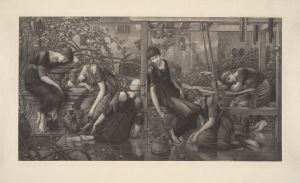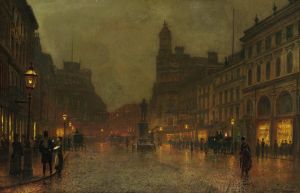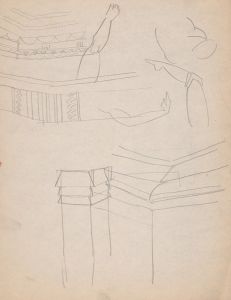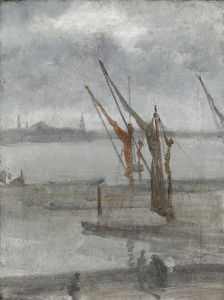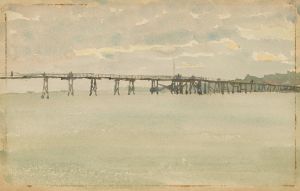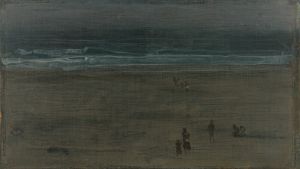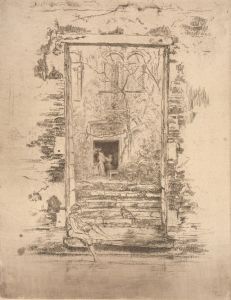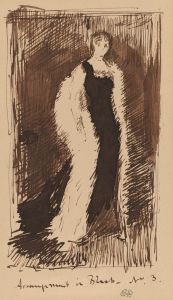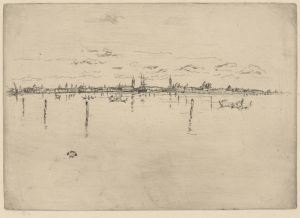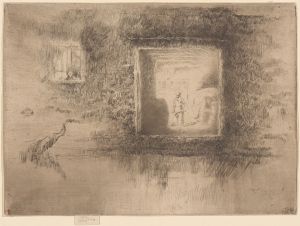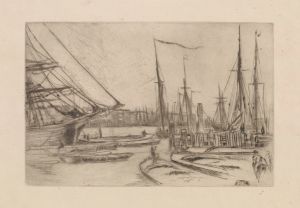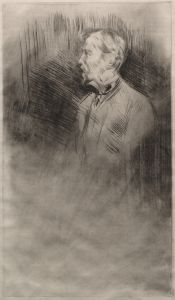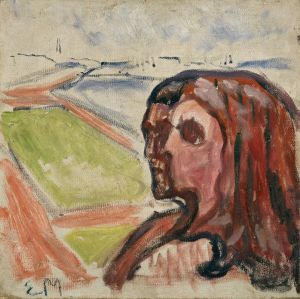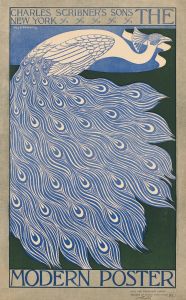
Erith–Evening
A hand-painted replica of James Abbott McNeill Whistler’s masterpiece Erith–Evening, meticulously crafted by professional artists to capture the true essence of the original. Each piece is created with museum-quality canvas and rare mineral pigments, carefully painted by experienced artists with delicate brushstrokes and rich, layered colors to perfectly recreate the texture of the original artwork. Unlike machine-printed reproductions, this hand-painted version brings the painting to life, infused with the artist’s emotions and skill in every stroke. Whether for personal collection or home decoration, it instantly elevates the artistic atmosphere of any space.
James Abbott McNeill Whistler was an American artist known for his contributions to the aesthetic movement and his distinctive style that often emphasized mood and atmosphere over detailed representation. One of his lesser-known works is "Erith–Evening," which is part of his series of paintings that explore the themes of twilight and the interplay of light and shadow.
"Erith–Evening" is a work that exemplifies Whistler's interest in capturing the transient effects of light and the subtle nuances of color that occur during the evening hours. This painting is believed to have been created during the period when Whistler was deeply engaged in his exploration of nocturnes, a term he borrowed from music to describe his paintings that depicted night scenes or twilight settings.
The painting is set in Erith, a town located along the River Thames in England. During the 19th century, Erith was a site of industrial activity, and its riverside location provided Whistler with a rich subject for his atmospheric studies. In "Erith–Evening," Whistler captures the quietude and stillness of the evening, focusing on the interplay of natural and artificial light as it reflects off the water and the surrounding landscape.
Whistler's technique in this painting, as in many of his nocturnes, involves a limited color palette and a focus on tonal harmony. He often used thin layers of paint to create a sense of depth and luminosity, allowing the underlying canvas to show through in places to enhance the effect of light. This approach was part of Whistler's broader philosophy of "art for art's sake," which emphasized the aesthetic experience over narrative content.
"Erith–Evening" reflects Whistler's mastery of composition and his ability to evoke mood through subtle gradations of color and tone. The painting's composition likely includes elements such as the river, the sky, and possibly the silhouettes of industrial structures or natural features, all rendered in a way that emphasizes their abstract qualities rather than their literal appearance.
Whistler's work, including "Erith–Evening," was influential in the development of modern art, particularly in the way it challenged traditional notions of subject matter and representation. His emphasis on mood and atmosphere paved the way for later movements such as Impressionism and Symbolism, which also sought to capture the ephemeral qualities of light and color.
While "Erith–Evening" may not be as widely recognized as some of Whistler's other works, such as "Arrangement in Grey and Black No. 1" (commonly known as "Whistler's Mother"), it remains an important example of his innovative approach to painting and his contribution to the aesthetic movement. The painting is a testament to Whistler's belief in the power of art to evoke emotion and transcend the mundane, capturing the beauty of the everyday world in a way that is both poetic and profound.





